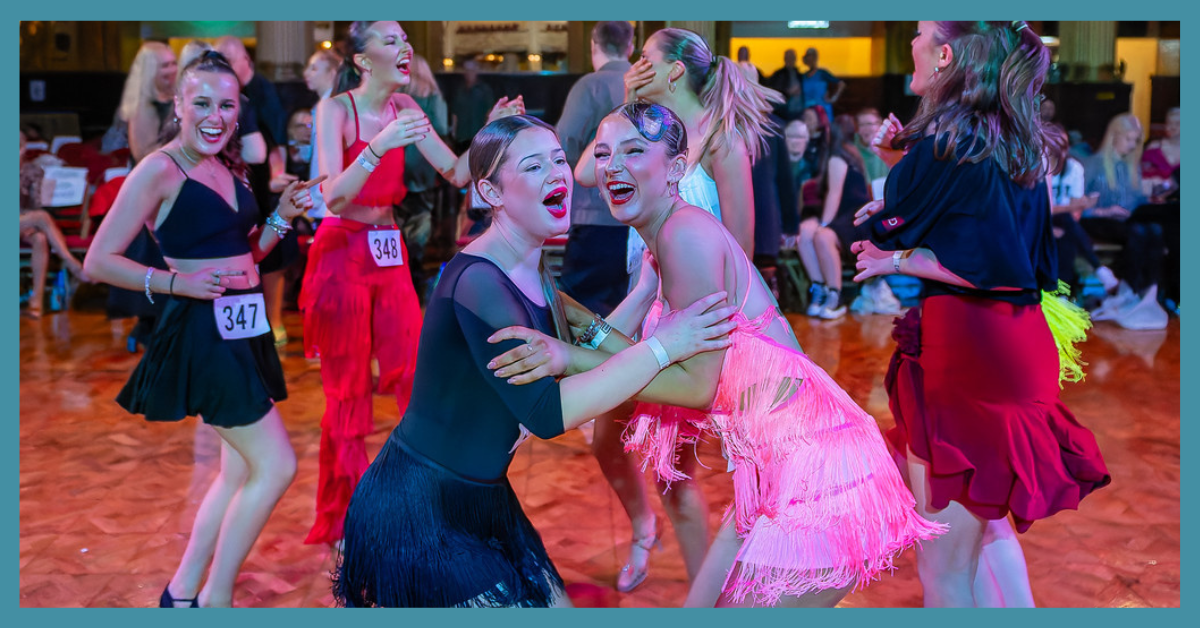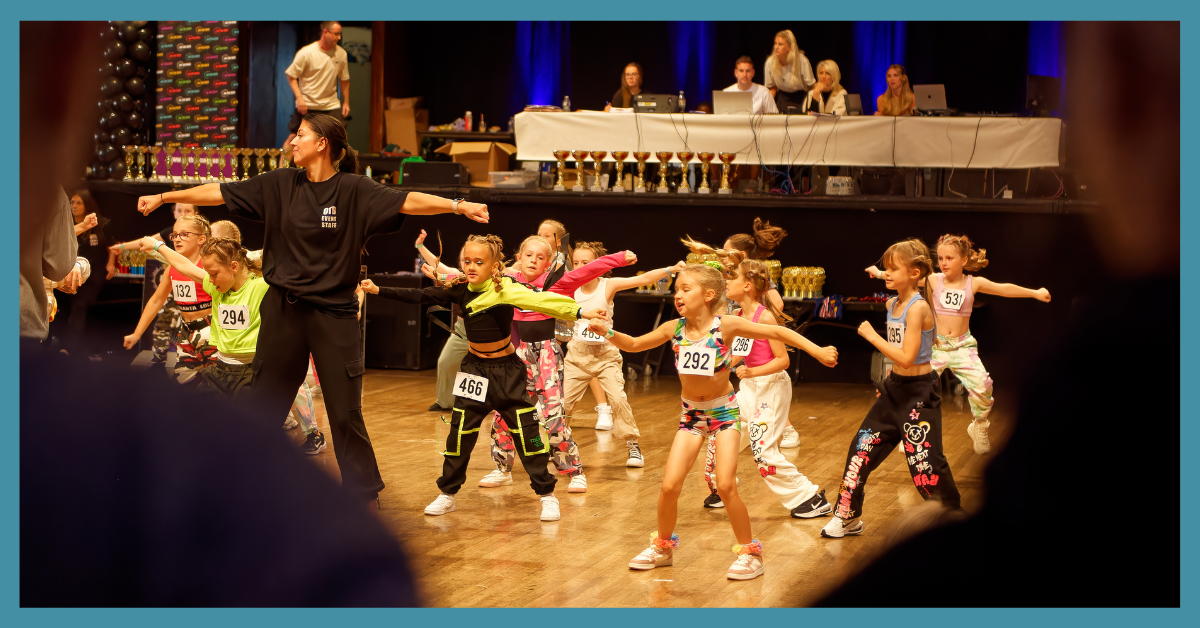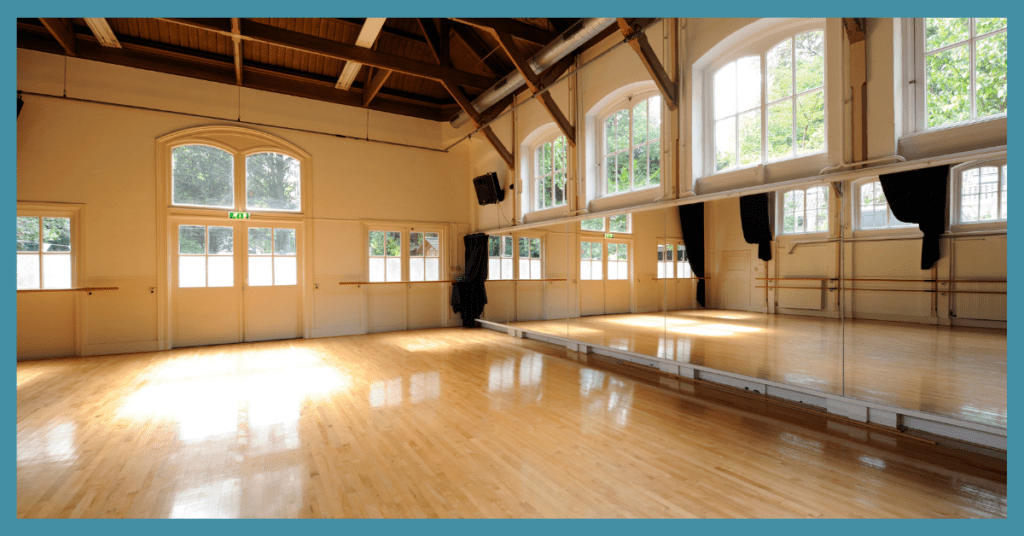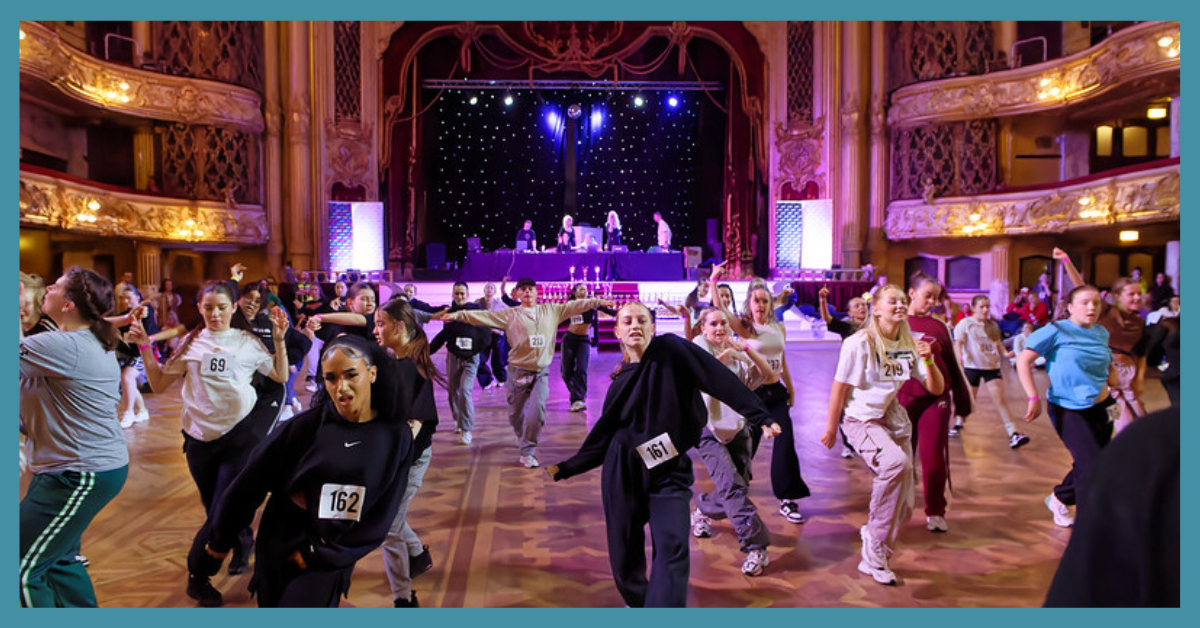Safeguarding at Dance Competitions: What Every Teacher Needs to Know

Safeguarding in dance has become a huge focus in recent years, and rightly so. As our industry evolves and we continue to learn, it’s crucial that we ensure competitions are a safe and positive experience for everyone involved.
There was a time when things were, let’s say, a little more relaxed. Teachers pushing students into splits in the middle of a sports hall, turning up at a student’s house at 6 AM to do hair and makeup, and even kids getting changed wherever there was space, including stairwells and hallways.
Thankfully, we know better now.
So, whether you’re a seasoned competition pro or new to the scene, here are some key safeguarding points to consider when taking students to dance events.
1. Who is Responsible for Each Child?
Every dancer attending a competition should be under the supervision of a responsible adult—either their own parent or a designated guardian.
It’s not the dance teacher’s job to manage every child all day, nor should they be put in a position where they are solely responsible for a group of minors. Make sure parents are fully aware of the arrangements before comp day, and if a child is attending without their own parent, ensure that another adult has agreed to take responsibility for them.
Hot tip: If you don’t want last-minute messages from parents assuming you’re their child’s guardian, make this crystal clear in your competition sign-up process.
2. Getting Changed: Keep It Private
Dance competitions are busy, chaotic environments, but that’s no excuse for dancers getting changed in public spaces.
- No getting changed in hallways, stairwells, or any communal areas.
- No stripping down in the audience seating because it’s easier than finding the changing rooms.
- Always use designated changing areas or private spaces.
Not only does this uphold safeguarding standards, but it also ensures dancers feel comfortable and respected.
3. DBS Checks: Setting a High Standard
Do all your staff have an up-to-date DBS check? If not, this is a great time to implement it as standard practice.
Even if it’s not a strict requirement for every teacher, having a fully DBS-checked team sets a high level of professionalism and ensures parents feel confident in your safeguarding policies. If you employ assistants, consider whether they should be DBS-checked too—especially if they are working closely with younger students.
4. Emotional Well-being: The Competition Day Pressure
Competitions can be an emotional rollercoaster for dancers—nerves, adrenaline, excitement, disappointment—it’s all part of the experience.
Teachers play a huge role in setting the tone, so keep a positive, supportive approach:
- Understand that anxiety and emotions can run high.
- Encourage a ‘growth over results’ mindset.
- Keep competition day feedback constructive—students are already under pressure.
5. Hands-On Corrections and Physical Contact
We’ve all seen it—teachers gripping a dancer’s shoulders, physically pushing them into a position, or grabbing their face to force them to make eye contact with the judges.
If it’s not urgent, let it wait.
Physical feedback should be minimal and only used when absolutely necessary. If a correction can be made verbally, then do that instead.
6. Accommodation: Boundaries Matter
If you’re attending a weekender event or staying overnight, safeguarding doesn’t stop when the competition finishes.
- Never allow students to stay in your hotel room.
- No late-night meetups in hotel corridors.
- Teachers should have their own separate accommodation or share with another member of staff.
This protects everyone—the teacher, the students, and the school’s reputation.
7. Personal Boundaries: What’s Appropriate?
Dance is an emotional and physically expressive industry, and celebration is a huge part of what we do. But where do we draw the line?
Common scenarios to consider:
- A dancer jumps up and hugs you after a big win—appropriate or not?
- A young student sits on your knee while waiting for results—what’s the best response?
Instead of initiating physical contact, let the student make that choice—some will naturally hug, while others may not feel comfortable.
As a general rule:
- Avoid prolonged physical contact.
- If celebrating, high fives or verbal praise are great alternatives.
- Always be aware of your setting—what seems normal at a dance event might not be viewed the same way outside of our industry.
8. Photos, Social Media, and Consent
Competitions are a goldmine for social media content, but teachers must ensure that every photo and video is shared appropriately.
- Ensure all images/videos have parent consent.
- The safest approach is to only post on the dance school’s official page, allowing teachers to share from there.
- Be cautious about uploading images to personal social media accounts unless prior agreement has been made with parents.
Top tip: A media consent form at the start of the dance year saves a lot of hassle when comp day comes around.
Final Thoughts
Safeguarding isn’t just about ticking boxes—it’s about creating a safe, professional, and positive environment where dancers can thrive.
As dance competitions grow and evolve, so should our approach to ensuring the well-being of our students. A bit of preparation, clear boundaries, and mindful leadership go a long way in making competitions not just exciting, but safe for everyone involved.
So, let’s keep raising the standards, looking out for our dancers, and making sure competition day is a place where they can truly shine—without any safeguarding grey areas.
Disclaimer
The information in this article is intended as general guidance on safeguarding at dance competitions. Every dance school and competition may have different safeguarding policies and legal requirements. If you are unsure about any aspect of safeguarding, please consult your dance association or a recognised governing body such as the British DanceSport Association (BDSA) or relevant authorities in your region.






Responses